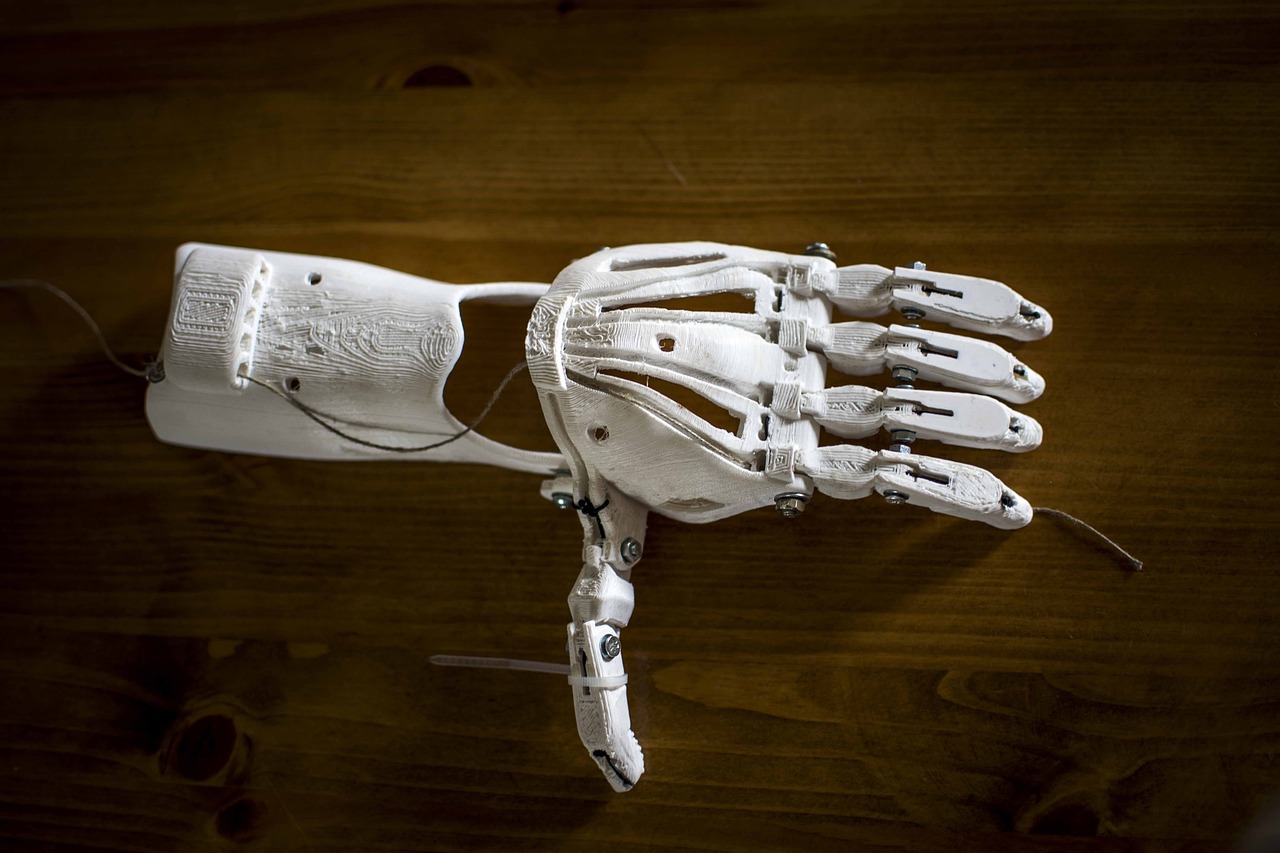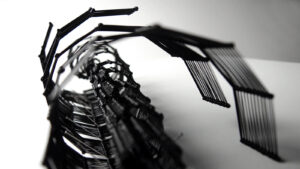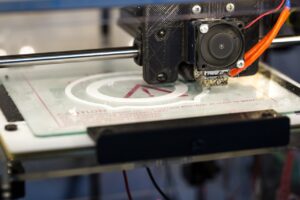Accurate printing starts with calibration. It tunes settings like color and size to make sure prints are perfect. Knowing how to calibrate is a must for those wanting professional results.
Maintenance is also important. It keeps printing equipment in good shape and working smoothly. This includes cleaning, checking parts, and fixing problems. Maintenance was not always done before. In the past, printers had trouble creating precise prints. Modern calibration and maintenance help avoid these issues.
Why Calibration and Maintenance is Important
Calibration and maintenance are key to printing. Keeping your printing equipment calibrated and maintained is important for getting high-quality prints. Calibration helps with accurate color reproduction and prevents banding and misalignment. Maintenance keeps your printer running smoothly, reducing breakdowns and increasing its lifespan.
For optimal print quality, you need to calibrate your printer regularly. This involves changing settings to ensure accurate color representation. Calibrating helps you get the same colors on different devices and media types. This is critical for professionals in photography or graphic design who depend on accurate color reproduction.
Calibration also stops banding and misalignment. Banding is visible lines or stripes that appear due to an incorrect alignment or blocked printhead nozzles. Calibration and following maintenance can reduce banding and give you clear and smooth prints.
Maintenance is necessary alongside calibration. Clean often the printheads, platen rollers, and other elements to prevent clogs and make sure the ink flows correctly. Keep your printer dust-free and store consumables appropriately to extend its life.
Tip: Create a maintenance schedule and follow it. Check for updates from the manufacturer to keep your printer up-to-date with the latest improvements and bug fixes.
By understanding calibration and maintenance, you can get excellent prints consistently and increase your printer’s lifespan. Take the time to find out how to calibrate your printer model, follow maintenance routines, and enjoy great prints.
Tools and Equipment Needed
Gather your essentials for printing with confidence and precision! A reliable printer is a must for high-quality prints, so look for one with advanced features. Color calibration devices, ruler guides, and alignment aids help to achieve accurate results. Stock up on maintenance supplies such as lint-free cloths, cleaning solution, and compressed air cans. Keep spare ink cartridges, printheads, belts, and other components handy. Specialty papers, different inks, and even 3D printing materials can expand the capabilities of your setup.
Printing dates back centuries – Johannes Gutenberg’s invention of movable type allowed for printing as we know it today. Investing in the right tools and equipment will ensure optimal print quality and a long printer lifespan.
Step 1: Understanding the Calibration Process
Calibration is an important step in printing that guarantees accuracy. Here’s how to do it:
| Step | Action |
|---|---|
| 1 | Evaluate your printer – age, model, manufacturer specs. |
| 2 | Learn what calibration is – making settings for accurate color. |
| 3 | Research best practices – look online for tips and advice. |
| 4 | Get the right tools – use color calibration devices like spectrophotometers or colorimeters. |
| 5 | Follow instructions – read printer manual to adjust colors precisely. |
| 6 | Test and update – print tests to check accuracy and fine-tune settings. |
For successful calibration, bear in mind:
- Keep environment consistent – no dust or contaminants that can affect color.
- Monitor ink/toner levels – to prevent color inconsistencies.
- Update firmware/drivers – to get improved calibration algorithms.
Following these tips ensures better print quality and more precise colors!
Step 2: Preparing the Printer for Calibration
Ready to calibrate the printer? It’s crucial. Here’s what you must do:
- Look out for dirt and debris – clean it up.
- Plug in all cables securely.
- Level the print bed with the printer’s built-in system or manually.
- Check the print head – no obstructions or blockages.
- Load the filament correctly into the extruder.
Double-check settings before calibration. It’ll help avoid any hassles!
Fun Fact: Proper printer calibration can improve your prints’ quality, according to “The 3D Printing Handbook” by Ben Redwood, Filemon Schoffer, Brian Garret, and Vicky Somma.
Step 3: Calibration Techniques
Calibration is key for great printing results! Here’s a guide to ace it:
- Clean the printer and get rid of any debris.
- Use a calibration test to find any misalignment or warping.
- Change printer settings according to the printer model.
- Print a calibration pattern and tweak until the results are perfect.
- Check and re-calibrate the printer regularly for top performance.
Plus:
- Test different materials and settings to find the best results.
- Keep track of changes for future use.
Did you know? According to 3D Printing Industry, regular maintenance and calibration can greatly extend the life of a 3D printer.
Step 4: Maintenance Tips for Optimal Printing Performance
Keep your printer in top condition with these regular maintenance tips!
- Clean the print heads with a lint-free cloth and isopropyl alcohol.
- Check and replace cartridges when necessary.
- Wipe down the exterior of the printer with a soft cloth to keep it dust-free.
- Avoid paper jams by using compatible paper types and sizes.
- Update firmware and software regularly.
- Lastly, switch off the printer when not in use to save energy.
Doing these will help ensure high-quality prints and longer printer life. Keep your printer running smoothly!
Conclusion
Careful calibrating and regular maintenance are key for precision printing.
Fine-tune printer settings and ensure proper alignment of components.
Clean the print bed and nozzle to avoid clogs and maintain quality.
Check for any wear and tear on parts that might affect the printing.
Follow these steps and get amazing prints every time.
Pro Tip: Keep a logbook of calibration and maintenance tasks.
This will help track changes and troubleshoot any issues.
Happy Printing!
Additional Resources and References
Connect with other 3D printing enthusiasts on active forums, such as Reddit or Stack Exchange. You can gain insights and ask questions! Tutorials and guides on websites like Instructables or YouTube channels can help you with step-by-step instructions. Manufacturer websites hold product-specific documentation, troubleshooting guides, and firmware updates.
Enroll in online courses offered by Udemy or Coursera to explore 3D printing principles and maintenance techniques. Check out books and publications written by experts for in-depth coverage. Join social media groups on platforms like Facebook, LinkedIn, or Discord to connect with other enthusiasts and discover new resources.
Try exploring local maker spaces and attending workshops to gain hands-on experience. Unlock your full printing potential by staying up-to-date with the latest developments in the field. Start learning today and stay ahead!
Frequently Asked Questions
FAQs for Printing with Precision: Calibration and Maintenance Tutorials
1. Why is printer calibration important?
Printer calibration ensures that the colors and dimensions in your prints match the digital image accurately. It helps achieve high-quality, consistent results and prevents variations or inaccuracies.
2. How often should I calibrate my printer?
The frequency of printer calibration depends on usage and the specific printer model. It is generally recommended to calibrate your printer whenever you notice color or print quality inconsistencies, or at least once every few months for ongoing maintenance.
3. What is the process of calibrating a printer?
The process of calibrating a printer typically involves adjusting color profiles, print heads, and paper settings. It may require using calibration tools or software provided by the printer manufacturer. Step-by-step tutorials specific to your printer model can be found in the user manual or on the manufacturer’s website.
4. How can I maintain the precision of my printer?
To maintain the precision of your printer, regularly clean the print heads, ensure proper alignment, and use high-quality printing materials. It is also important to handle and store the printer properly, avoiding environmental factors that could affect its performance.
5. What are some troubleshooting tips for print quality issues?
If you experience print quality issues, start by checking ink or toner levels, ensuring proper paper loading, and cleaning the print heads. Updating printer drivers and software can also resolve common issues. If problems persist, consult the printer’s user manual or contact the manufacturer’s support team.
6. Can I calibrate my printer without professional assistance?
Yes, many printers offer built-in calibration tools or software that allow users to perform calibration without professional assistance. However, for more complex calibration tasks or for professional-grade printers, it may be advisable to seek guidance from manufacturer support or professional technicians.



